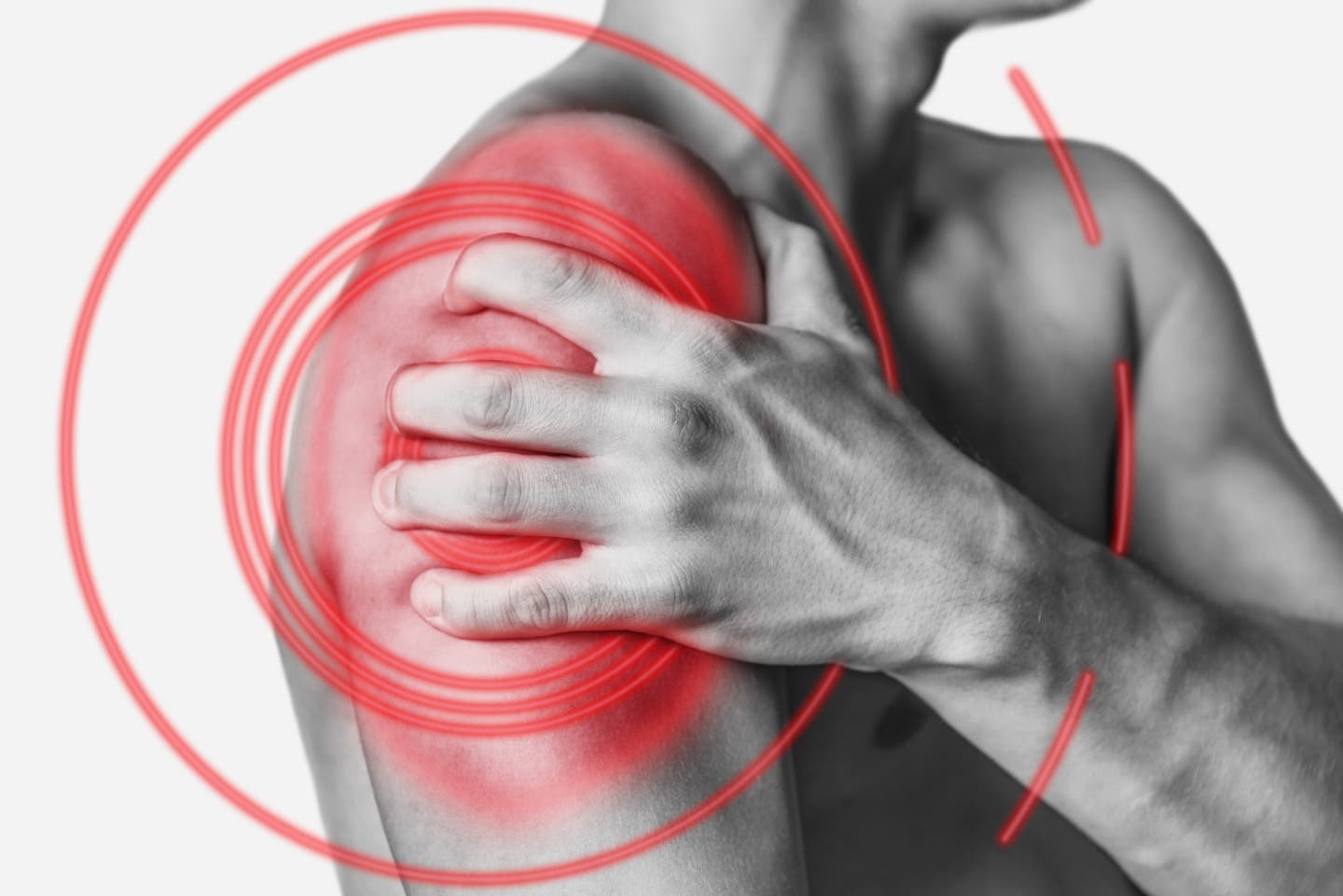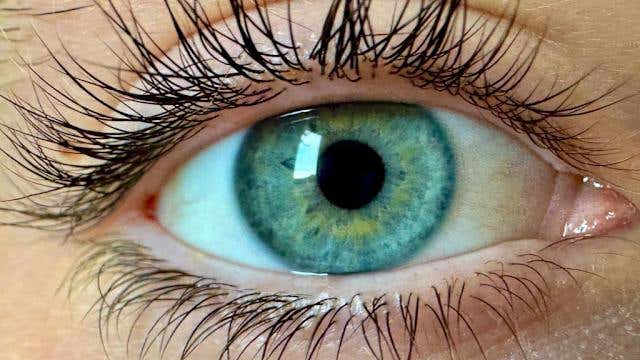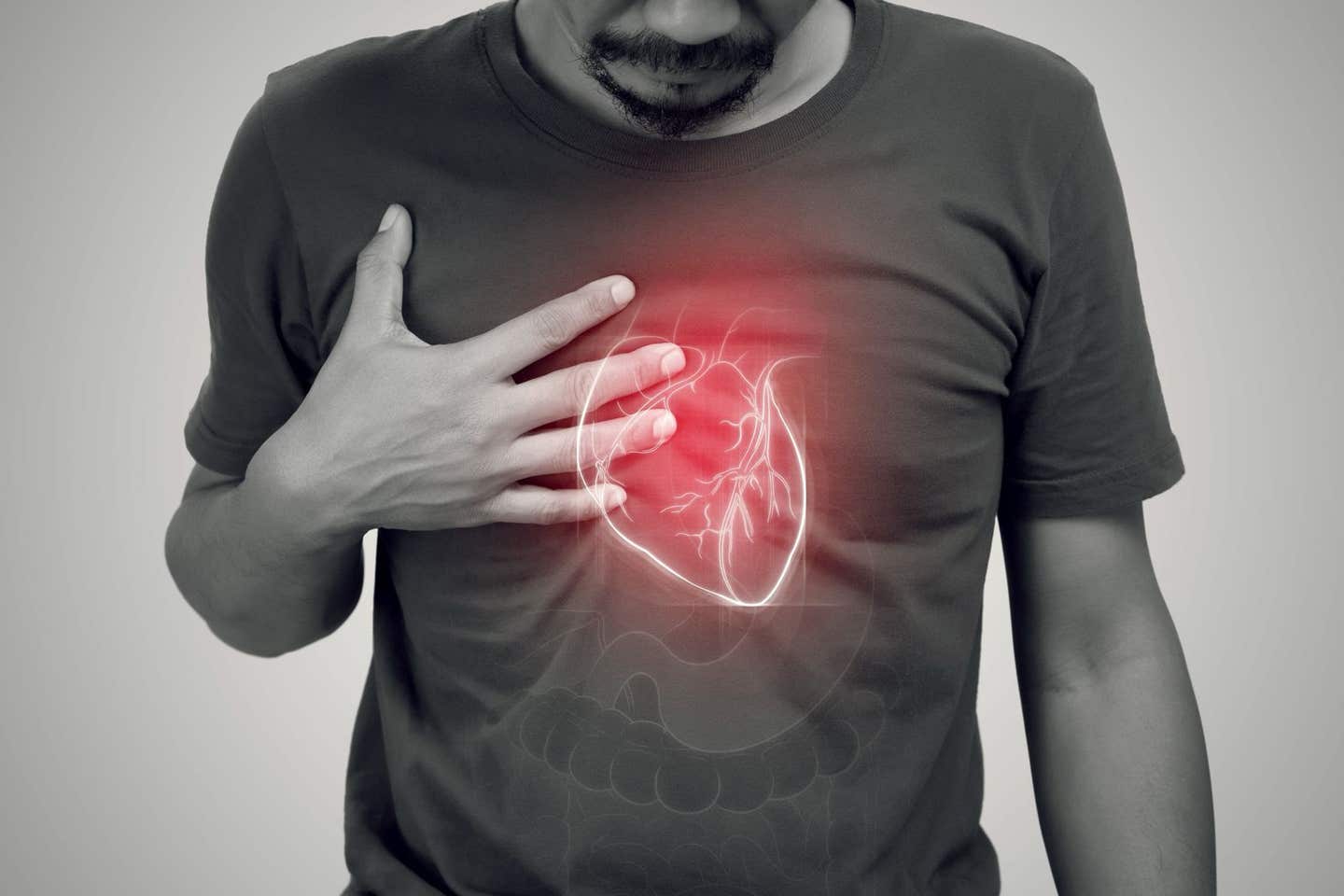Researchers harness the power of bacteria to regenerate muscle tissue
Researchers at DTU have developed a bacteria-derived hydrogel, PAMA, capable of regenerating muscle tissue. This breakthrough promises nearly 100% recovery and opens doors to new therapies.

The group has developed a new biopolymer with tissue-regeneration properties, offering promising advancements for muscle injury treatments. (CREDIT: CC BY-SA 3.0)
A team of researchers at the Technical University of Denmark (DTU) has made significant strides in tissue engineering and cell therapy by leveraging the healing potential of bacteria. Under the leadership of Associate Professor Alireza Dolatshahi-Pirouz, the group has developed a new biopolymer with tissue-regeneration properties, offering promising advancements for muscle injury treatments.
The key to their breakthrough lies in bacteria’s natural ability to produce beneficial compounds. By harnessing this ability, the team synthesized a new biopolymer known as Pantoan Methacrylate, or PAMA. This biopolymer was then used to create a resilient and elastic hydrogel, dubbed "bactogel," which has demonstrated strong potential for regenerating muscle tissue.
Published in the journal Bioactive Materials, the study highlights how the PAMA-based hydrogel can effectively promote muscle recovery in rats. In vivo testing showed that this bactogel significantly enhanced muscle formation while reducing the development of fibrous tissue, a key issue in muscle recovery.
The results are particularly striking, with the rats experiencing nearly 100% mechanical recovery in treated tissues, indicating that PAMA may be a game-changer in musculoskeletal therapy.
Related Stories
Dolatshahi-Pirouz points out that the combination of biocompatibility, healing power, and mechanical strength makes PAMA stand out in the field. "This combination of feats is rarely encountered," he notes, emphasizing how bioactive hydrogels often fail to meet the mechanical demands of tissues like muscles, which require both strength and elasticity to heal properly.
The potential applications of this new technology extend far beyond laboratory studies. The research team envisions that PAMA-based bactogels could offer improved therapies for individuals suffering from musculoskeletal injuries, whether those injuries result from sports, aging, or traumatic events such as accidents or warfare.
Dolatshahi-Pirouz expresses optimism about the future, suggesting that these innovations could eventually benefit a wide range of patients. "I believe that our new results could foster better therapies against musculoskeletal injuries in athletes, the elderly, as well as in wounded soldiers or others involved in accidents giving rise to traumatic muscle injuries," he says.
One of the most exciting aspects of this research is that the team managed to achieve significant muscle regeneration in rats without the use of cells—a significant departure from many current regenerative treatments. Traditionally, cell-based therapies are a primary method for stimulating tissue regrowth, but PAMA may offer an alternative approach that simplifies the healing process.
Even more promising is the possibility of enhancing PAMA’s regenerative properties by combining it with muscle progenitor cells or stem cells, which could lead to even more effective treatments.
Looking ahead, Dolatshahi-Pirouz envisions a future where bacteria-derived polymers, or "bactomers," play a central role in regenerative medicine. "I imagine a future where bacteria-derived polymers, or put simply 'bactomers,' revolutionize the field of regenerative medicine," he says. In this future, he suggests, bacteria could be used in "regenerative bacto-baths" to secrete healing compounds on demand, providing patients with customized treatments for their injuries.
While these ideas may sound futuristic, the research team's results are a significant step toward making such treatments a reality. Their work with PAMA-based hydrogels opens up new avenues in the treatment of muscle injuries and represents an innovative shift in how medical science might approach tissue regeneration in the years to come.
Note: Materials provided above by The Brighter Side of News. Content may be edited for style and length.
Like these kind of feel good stories? Get The Brighter Side of News' newsletter.
Rebecca Shavit
Science & Technology Journalist | Innovation Storyteller
Based in Los Angeles, Rebecca Shavit is a dedicated science and technology journalist who writes for The Brighter Side of News, an online publication committed to highlighting positive and transformative stories from around the world. With a passion for uncovering groundbreaking discoveries and innovations, she brings to light the scientific advancements shaping a better future. Her reporting spans a wide range of topics, from cutting-edge medical breakthroughs and artificial intelligence to green technology and space exploration. With a keen ability to translate complex concepts into engaging and accessible stories, she makes science and innovation relatable to a broad audience.



